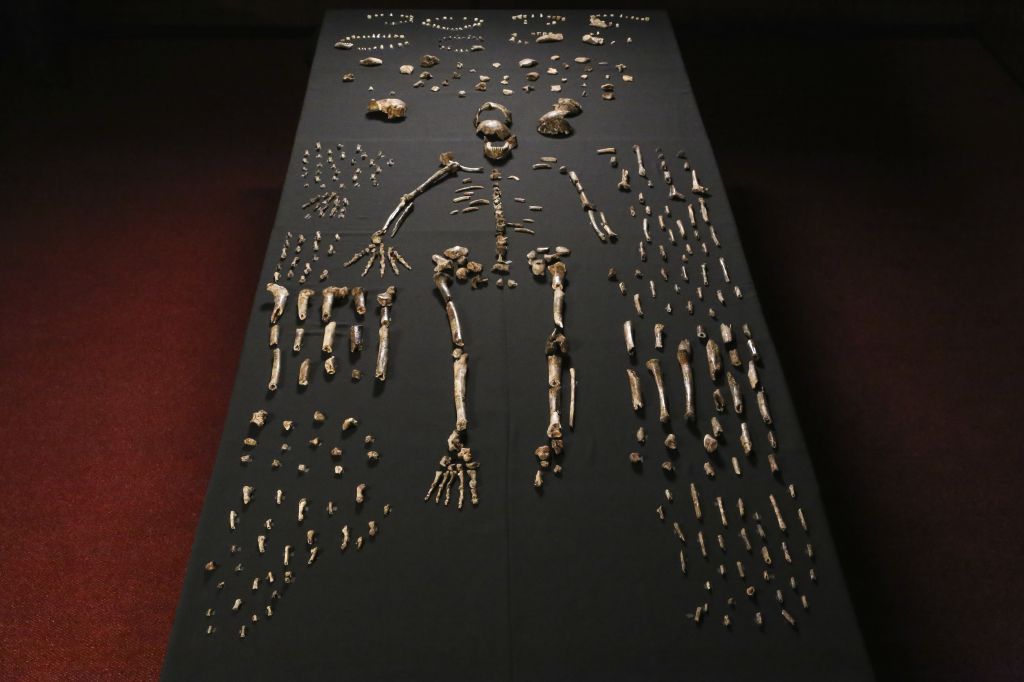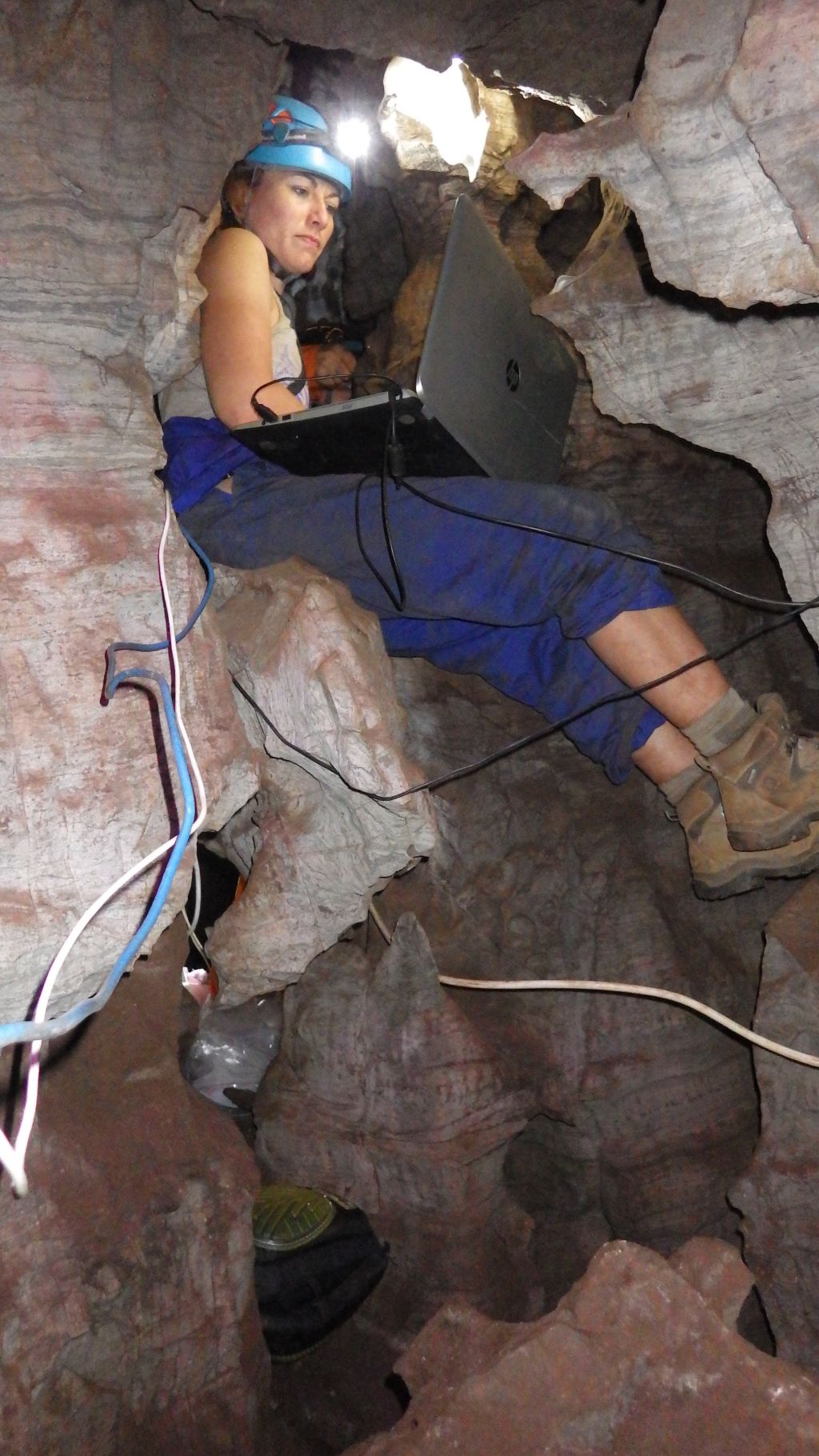New debates surface about Homo naledi’s chamber
In recent weeks, Homo naledi has once again been the subject of academic debate. This time, paleoanthropological and geological experts have been discussing whether the Dinaledi Chamber was indeed a burial site, as the team who discovered it claimed, or whether Homo naledi was trapped there.

In a recently published paper, Phillip Tobias Chair in Palaeoanthropology at the University of the Witwatersrand Francis Thackeray suggests that there may have been another entrance to the cave system, one different from the existing point of entry. In an article published in The Conversation, Thackeray says, “I strongly believe that there was possibly a temporary entrance into the chamber, in addition to the one used by explorers today. This temporary entrance may been covered up by a rock fall that also trapped the individuals whose bones were found some time later.”
He defends his arguments by indicating that the tiny black spots been found on Homo naledi's remains are manganese dioxide and were, in all likelihood, deposited on the bones by lichen. “And lichen need light to grow,” he says, “so there must have been some light penetrating into the Dinaledi Chamber. My scenario is that the Homo naledi family group was trapped in the Dinaledi Chamber after a rockfall – but that there was still, for a time, enough light to penetrate the chamber. This allowed lichen to grow on many of the bones of Homo naledi.”
This statement throws into conflict the claim by the discovery team that Homo naledi deliberately disposed of its dead in a chamber that was only accessible through a dark and narrow passage.

Thackeray references the Wonder Cave, just 10km from the Rising Star complex, where there is evidence to support his theory. In particular, he says in his report, “as one walks into moister and slightly darker regions of the cave, there is an area where light and moisture appear to be optimal for the present lichen colonists, and lichen growth is extensive on cave walls if not also on bone.” Deeper in the cave, where there is no light at all, there is also no lichen growth.
“All of this suggests that, for the Homo naledi bones in the Rising Star cave to have become spotted with manganese dioxide, they had to have some exposure to light. That could only have happened if light got into the cave. And this was only possible if there was some sort of entrance that has, in the distant past, been covered over.”
In response to another paper questioning the deliberate disposal of Homo naledi remains, but one that also partially addresses Thackeray's concerns, Homo naledi experts Dirks, P.H.G.M. et al have countered with the following points.
The mapping and laser scanning surveys that have been used to analyse the chamber and its surrounding geology, say Dirks and his team, indicate that the bed above the chamber is a continuous, unbroken layer that is not penetrated by significant shafts that open to the surface. The chamber is only accessible via the route that it is accessed today. Analyses of the sedimentology and minerology in the Dragon's Back Chamber, by which the Dinaledi Chamber is accessed, and the chamber itself also suggests that connection points between these two chambers are blocked. “The geological evidence, therefore, indicates that the Dinaledi Chamber was an isolated sedimentary environment,” they say.
In concluding their arguments, Dirks et all state that “the deliberate body disposal hypothesis provides the most plausible explanation, but we recognise that mass mortality of groups of hominins within the Dinaledi Chamber, due to a death trap scenario, is possible. We will continue to test these hypotheses by searching for new evidence and collecting additional data.”
There is no doubt that academic debate about various aspects of Homo naledi will continue for many years of to come, all of which is the best interest of science.